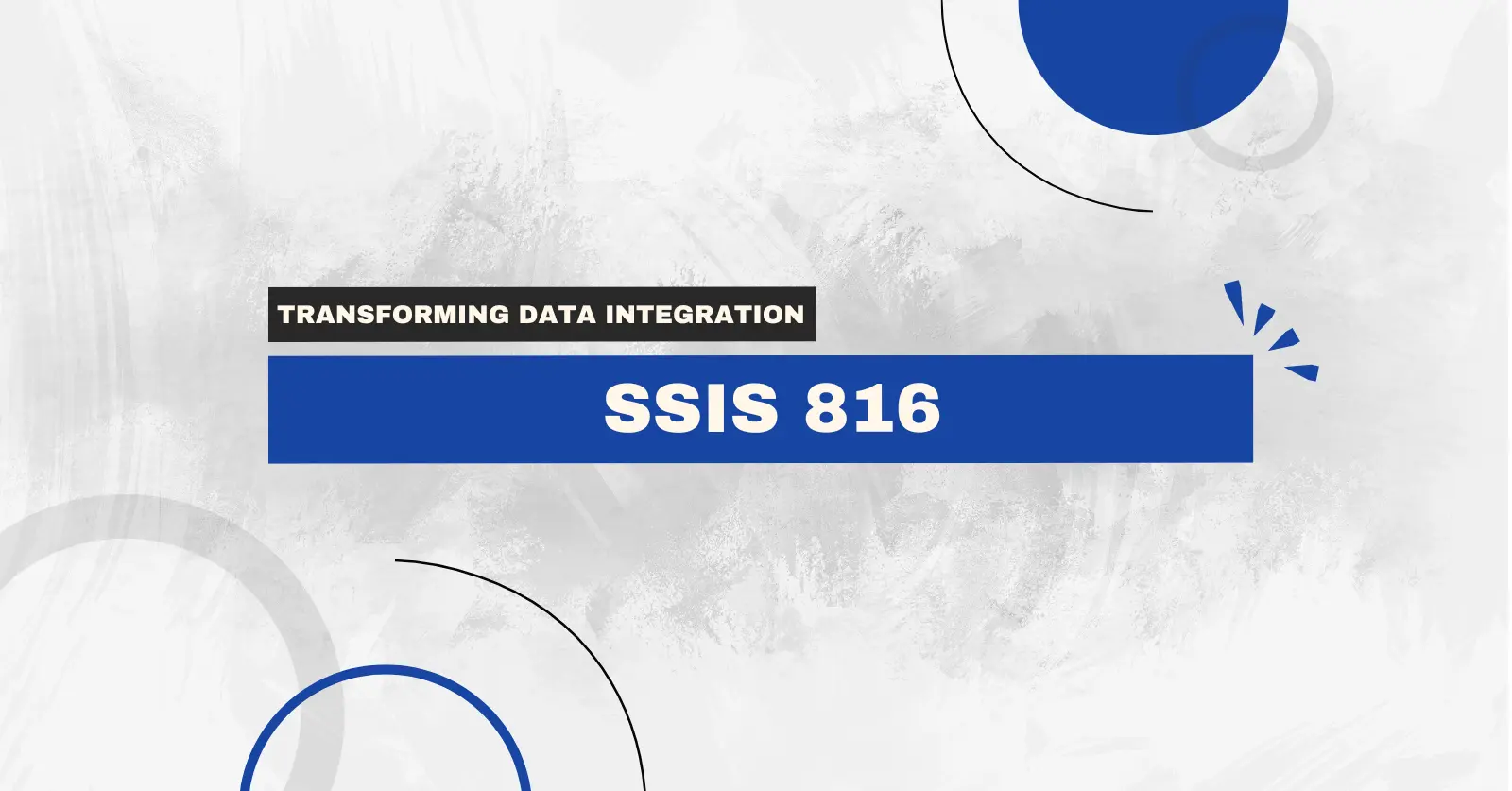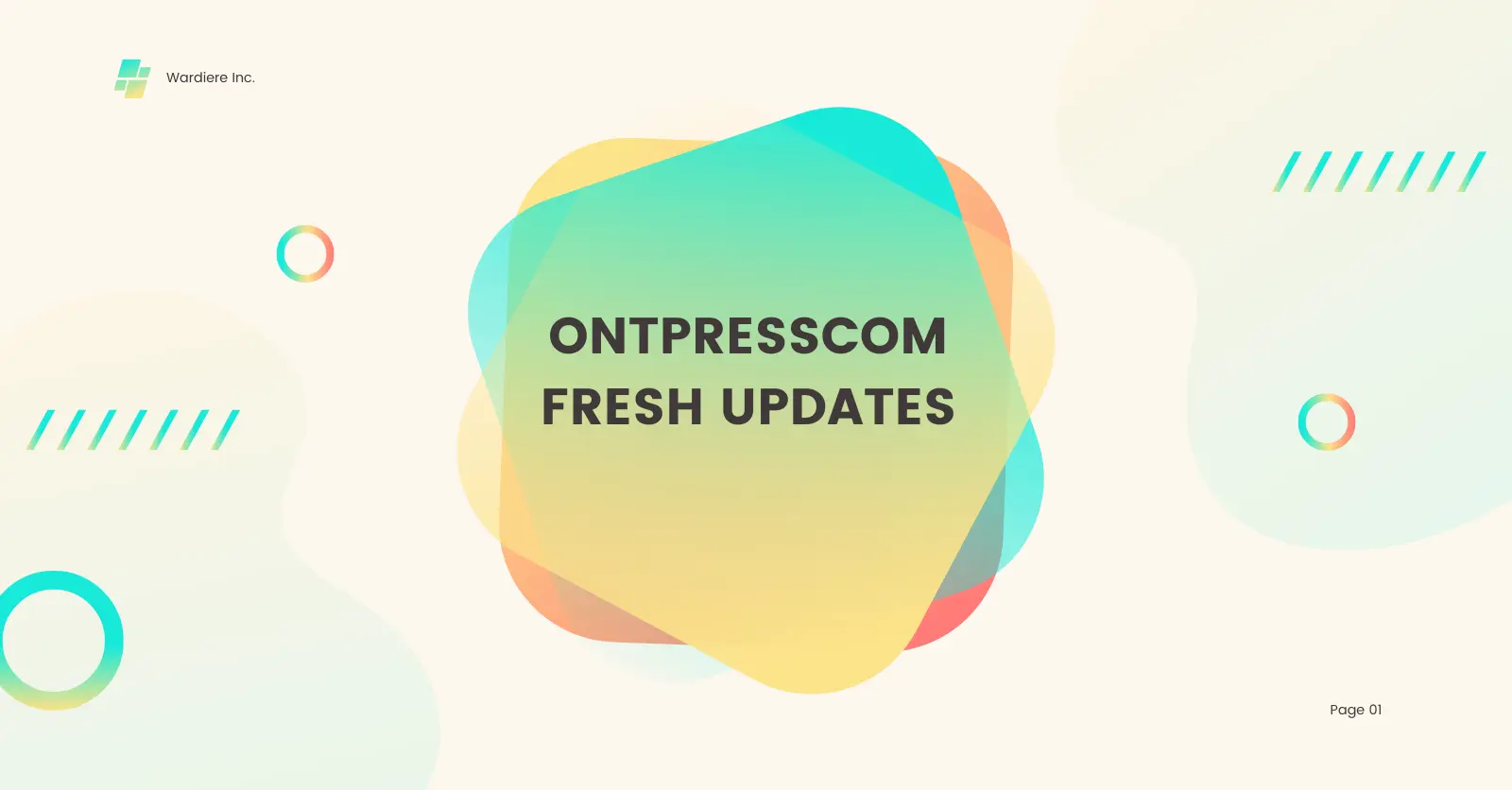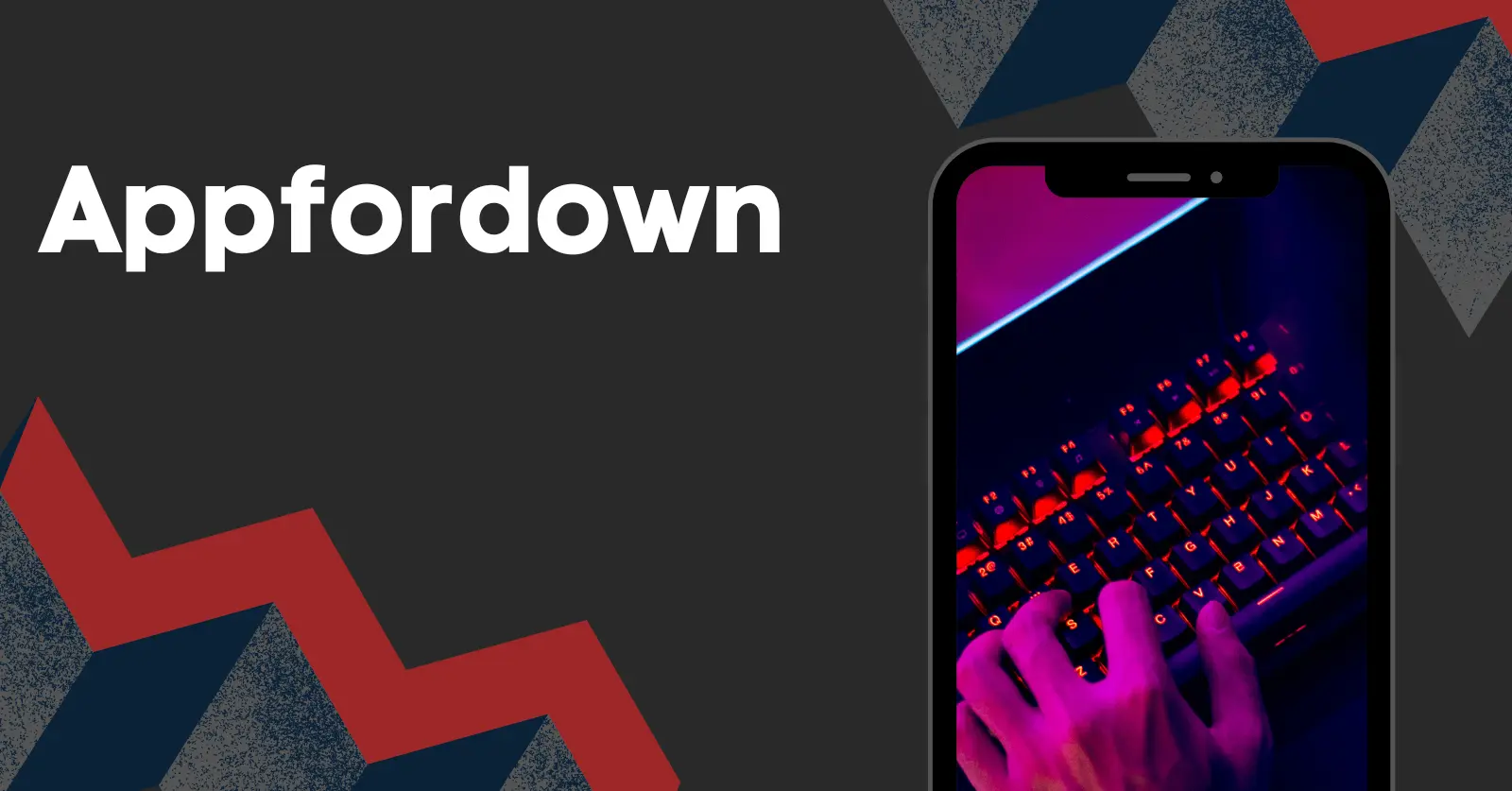In today’s data-driven world companies need robust tools to manage and process their data. One such tool that has gained a lot of attention is SSIS 816.
If you are in the data integration space you have probably heard of it. But what is SSIS 816 and how can it help your company? Let’s get into the details.
What is SSIS 816?
SSIS, or SQL Server Integration Services, is a platform for data integration and workflow applications. SSIS 816 is a version of this platform that comes with many features to streamline data migration, transformation, and integration processes.
It allows users to build high-performance data integration solutions and automate tasks like data loading, extraction, and transformation.
SSIS 816 Features
SSIS 816 has many features that set it apart. Here are a few:
- Data Transformation: SSIS 816 has many transformations, aggregations, merges, and pivoting. These help shape data as per business needs.
- Integration with Other Services: It integrates with many data sources like SQL Server, Oracle, and flat files so data flows smoothly.
- Workflow Automation: With SSIS 816 you can automate complex workflows reducing manual intervention and errors.
- Scalability: It can handle large amounts of data so it’s suitable for enterprise applications.
- Error Handling: SSIS 816 has robust error handling so data is intact and reliable.
SSIS 816 Benefits
Using SSIS 816 gives you:
- Speed: It speeds up the data integration process so you can make decisions faster.
- Cost savings: Automating tasks reduces manual labor so operational costs go down.
- Flexibility: It can connect to many data sources so you can handle different types of data.
- Reliability: With built-in error handling SSIS 816 ensures data processing is reliable and accurate.
Examples of SSIS 816
- Data Warehousing: It can extract data from multiple sources, and transform and load into a data warehouse.
- ETL Processes: SSIS 816 is perfect for Extract, Transform, and Load (ETL) processes which is required for data analysis and reporting.
- Data Migration: It helps in migrating data from old systems to new databases.
- Real-Time Data Integration: SSIS 816 supports real-time data integration so it’s good for applications that require up-to-date data.
Best Practices for Implementing Ssis 816
Here are some best practices for SSIS 816:
- Plan First: Plan your ETL before you start developing to avoid rework.
- Optimize Data Flow: Optimize your data flow for performance by moving less data and using efficient transforms.
- Use Variables: Use variables to make your SSIS packages more dynamic and easier to maintain.
- Log: Log to monitor and troubleshoot.
- Test: Test in multiple environments thoroughly.
What Are the Gotchas With Ssis 816?
Despite the benefits, you may experience:
- Performance: Poorly designed packages can be slow.
- Complexity: Building complex workflows is hard and requires advanced knowledge.
- Error Handling: SSIS 816 has good error handling but setting it up is tricky.
- Resource Consumption: SSIS packages can consume a lot of system resources and impact other operations.
How Do I Get Ssis 816 in My Company?
To get started with SSIS 816:
- What do you want to do with SSIS 816?
- Install SQL Server Data Tools (SSDT): This is the development environment for SSIS.
- New Project: In SSDT, create a new SSIS project.
- Design Packages: Use the drag-and-drop interface to build your ETL.
- Test and Deploy: Test thoroughly and deploy to your SQL Server.
Got an Example of a Real-world Use Case for Ssis 816?
Let’s say a retail company wants to analyze sales data from multiple stores. With SSIS 816 they can:
- Extract: Pull sales data from different store databases.
- Transform: Standardize the data and calculate total sales and average transaction value.
- Load: Load the data into a central data warehouse for analysis.
This gives them a single view of sales performance across all stores.
How Do I Optimize My Ssis Packages?
To optimize the SSIS package:
- Optimize Data Sources: Use indexed tables and optimized queries to pull data faster.
- Minimize Data Transformation: Transform in the source query if possible.
- Parallel Processing: Enable parallel processing for large datasets.
- Memory Management: Adjust buffer sizes and data flow properties to manage memory.
Remove Unnecessary: Remove extra transforms or steps in your packages.
How Can I Monitor Performance Using Sql Server Performance Counters?
Monitoring is key to your SSIS packages running smoothly. SQL Server performance counters will give you insights into your SSIS packages. Here’s how to use them:
- Identify the Counters: Focus on CPU, memory, disk I/O, and network I/O counters.
- Set up Monitoring: Use Performance Monitor to monitor these counters during package run.
- Analyze: Look for trends in the data to find bottlenecks.
- Adjust: Based on that, tweak your SSIS packages.
What Are the Best Practices for Error Handling in Ssis 816?
Error handling is key to your data integration being reliable. Here are some:
- Use Error Outputs: Configure error outputs to capture and log errors.
- Try-Catch Logic: Use SSIS’s built-in mechanisms to handle errors.
- Log Errors: Keep comprehensive error logs so you can understand and fix issues.
- Notify: Set up notifications to alert relevant people when errors occur.
- Review Logs: Review logs regularly to find recurring issues and fix them.
End
SSIS 816 is a great tool for data integration and workflow automation. With its features and scalability, it’s a good choice for any organization looking to streamline their data.
Follow best practices and address the common issues and you can get the most out of SSIS 816, for efficient and reliable data integration in your organization.
Whether you’re migrating data, building a data warehouse, or automating ETL processes, SSIS 816 has you covered. So go ahead, try it out, and see the difference it can make in your data management.






